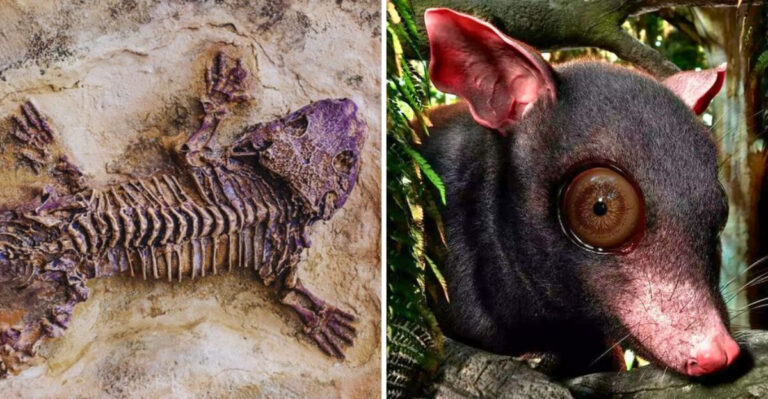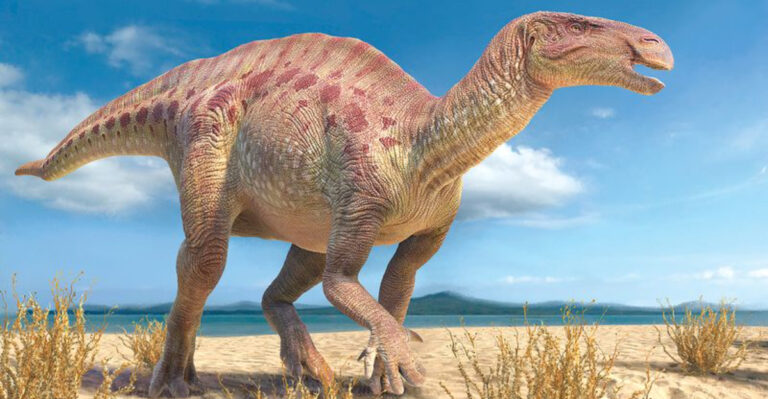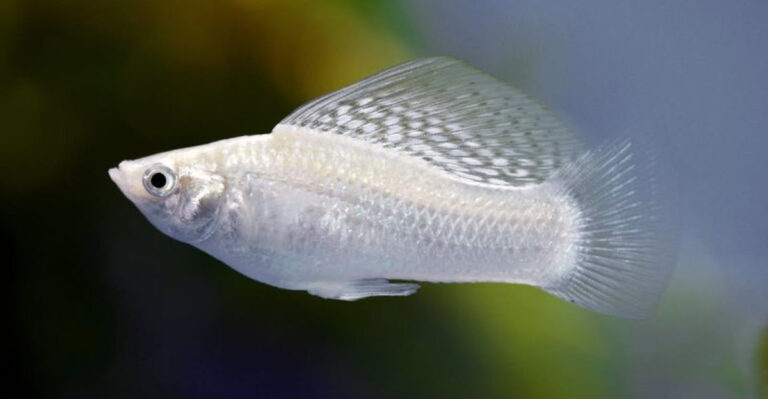The Texas Lakes With The Most Snakes
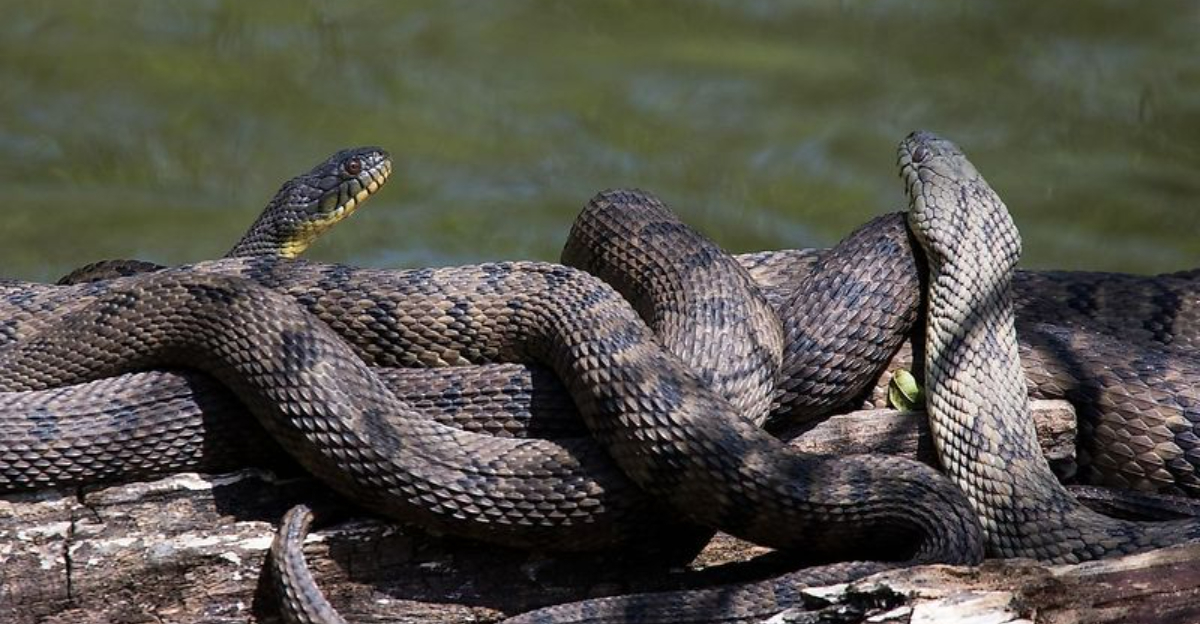
Texas lakes aren’t just hotspots for fishing and boating – they’re also home to slithering residents that might make your skin crawl.
From water moccasins to diamondback water snakes, these waterways harbor reptiles that have adapted perfectly to aquatic environments. Whether you’re planning a lake trip or simply curious about wildlife, knowing which Texas lakes have the highest snake populations can help you stay informed and prepared.
1. Lake Texoma’s Snake Paradise
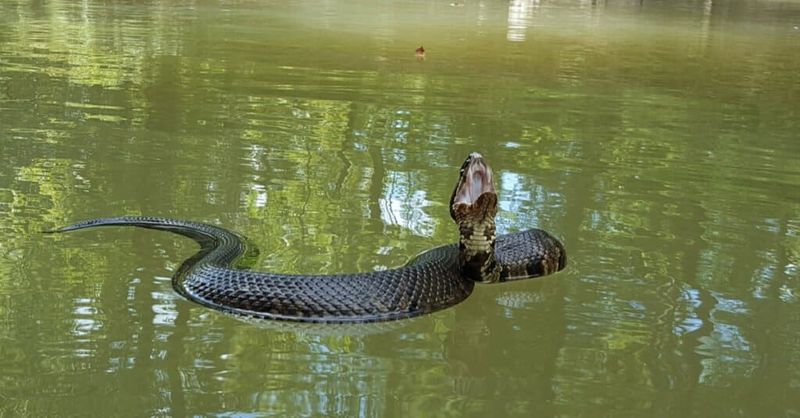
Straddling the Texas-Oklahoma border, this massive reservoir creates the perfect storm for snake activity. The rocky shorelines and numerous coves offer ideal hiding spots for cottonmouths and copperheads.
Fishermen often spot water snakes swimming between boats or sunning on partially submerged logs. The lake’s vast size (89,000 acres) means there’s plenty of territory for these reptiles to claim as their own.
2. Caddo Lake’s Cypress Snake Haven
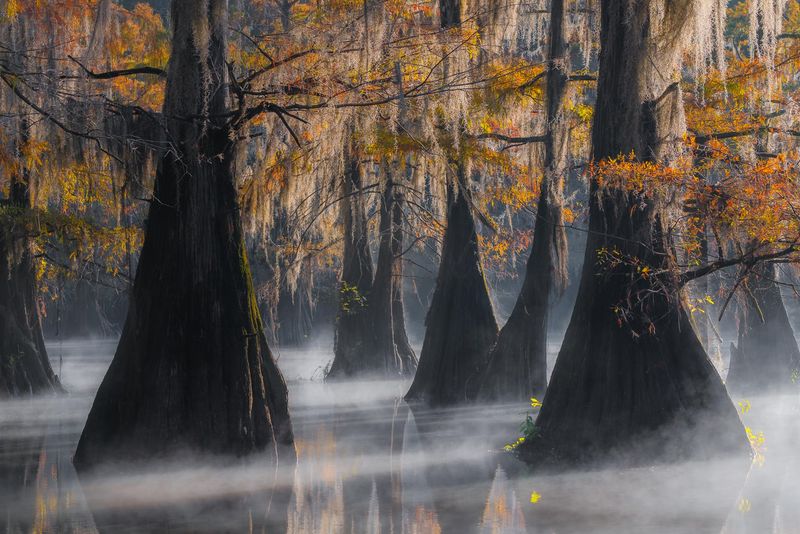
Mysterious and ancient, this maze of bayous and cypress trees creates a snake sanctuary unlike any other. The shadowy waters beneath moss-draped trees harbor numerous water snakes that glide silently between the knobby cypress knees.
Locals tell tales of massive specimens spotted in the more remote areas of this primeval-looking lake. The shallow, warm waters and abundant fish population make it a snake’s dream habitat.
3. Sam Rayburn Reservoir’s Serpent Population

East Texas’s largest lake doubles as a snake hotspot where anglers regularly encounter diamondback water snakes while bass fishing. The lake’s countless inlets and wooded shoreline create perfect snake territory.
Summer brings them out in force – especially in brushy coves where they hunt for small fish and frogs. Many locals carry snake tongs on their boats as a precaution when exploring the reservoir’s 114,500 acres.
4. Toledo Bend’s Slithering Shorelines

Along the Texas-Louisiana border lies a snake enthusiast’s dream – or nightmare, depending on your perspective! Five species of water snakes call this massive reservoir home, with broad-banded water snakes being particularly common.
Warm shallow areas near the dam attract snakes seeking easy meals of small fish. Camping along the shoreline often means unexpected encounters, especially during morning hours when snakes emerge to bask in the sun.
5. Lake Livingston’s Reptile Kingdom

Just an hour from Houston lies a snake-filled paradise where cottonmouths reign. The shallow, marshy areas around the lake’s perimeter create ideal breeding grounds for these venomous swimmers.
Boaters regularly report seeing snakes draped across low-hanging branches or swimming between marinas. The Trinity River’s influence creates nutrient-rich waters that support abundant prey, making this 83,000-acre lake a snake magnet year-round.
6. Lake Tawakoni’s Venomous Visitors
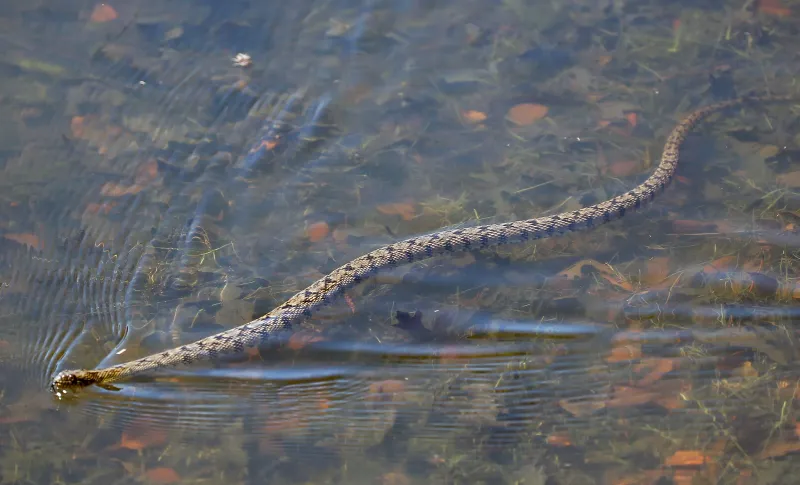
Famous for its catfish, this Northeast Texas lake harbors an impressive collection of snakes that thrive in its muddy waters. The lake’s numerous inlets and coves provide perfect ambush points for hunting cottonmouths.
Spring brings a fascinating spectacle as mating season kicks off, with snakes sometimes visible in groups near shorelines. Fishermen targeting the lake’s famous catfish often share the water with these reptilian residents who hunt the same fish.
7. Lake Lewisville’s Surprising Snake Density
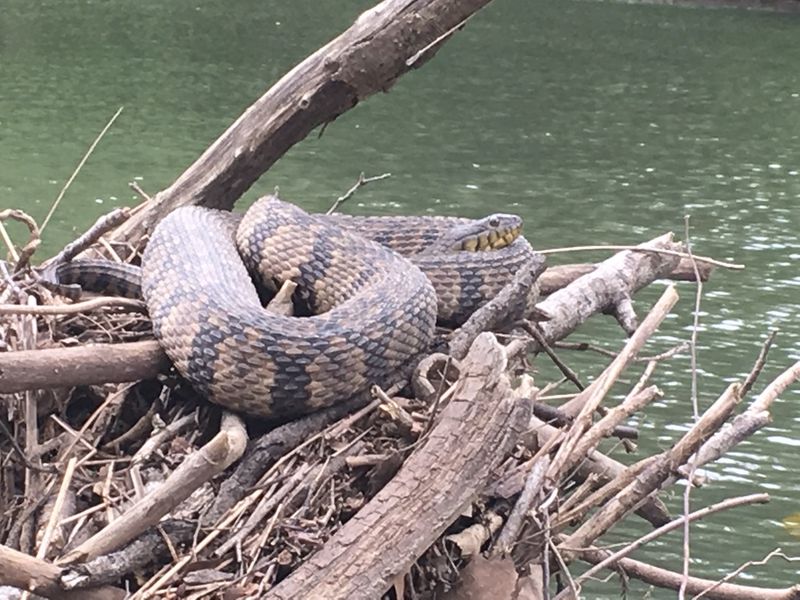
Despite its urban setting near Dallas, this popular recreational lake boasts a remarkable snake population. The contrast between busy weekend boaters and basking water snakes creates an unexpected wildlife experience.
The lake’s rocky dam area serves as prime real estate for several snake species. Hikers along shoreline trails frequently spot diamondback water snakes swimming near the surface or sunning themselves on rocks during warmer months.
8. Possum Kingdom Lake’s Rattlesnake Ridge

Beyond the famous cliff-jumping spot lies a lake with both aquatic and terrestrial snake species in abundance. The limestone cliffs surrounding this clear-water lake provide perfect dens for western diamondback rattlesnakes.
Meanwhile, the water below teems with non-venomous water snakes hunting among the rocky underwater structures. Local fishing guides warn visitors about the surprisingly high snake encounters, especially in less-trafficked areas of this 17,000-acre lake.
9. Lake Amistad’s Border Serpents

Sharing waters with Mexico, this international reservoir hosts some truly impressive snake specimens. The deep, clear waters and countless rock crevices create the perfect environment for snakes to thrive year-round.
Scuba divers occasionally report underwater encounters with swimming serpents hunting fish. The lake’s desert surroundings also mean rattlesnakes frequent the shorelines, creating a unique mix of aquatic and desert snake species in one location.
10. Lake Conroe’s Hidden Serpent Sanctuary
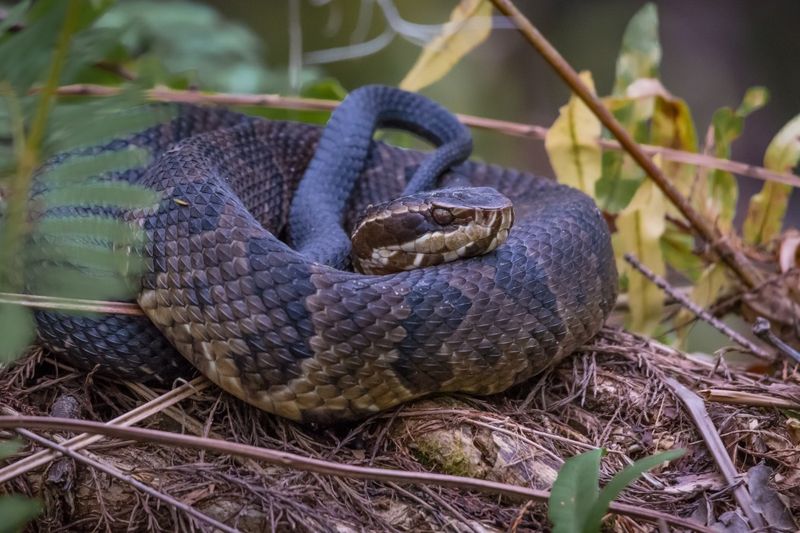
Just north of Houston, this popular weekend destination harbors a secret – it’s absolutely teeming with water snakes. The lake’s numerous boat docks and marinas provide perfect hiding spots for these reptiles.
Early mornings often reveal cottonmouths and non-venomous water snakes basking on dock pilings before the human activity picks up. Local marina owners regularly relocate snakes found too close to high-traffic areas, especially during the busy summer season.


